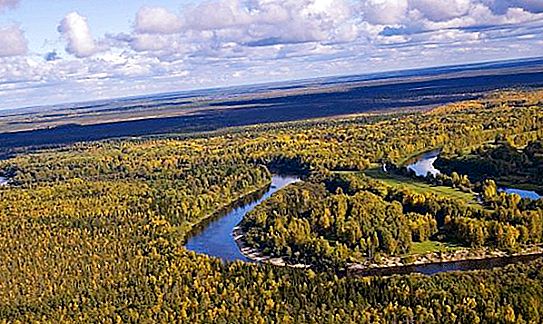Within Moscow, there are a total of at least 150 rivers and streams. Two thirds of them flow fully or partially underground. One of such watercourses is the Khimka River. You will find a detailed and interesting story about her in our article.
The origin of the name of the river
We begin our story with a story. The once full-flowing river Khimka was the most important waterway. It flowed along several villages (Gnilushi, Aleshkino, Zakharkovo, Ivankovo), forming a rather deep ravine, and overlooked the Moscow River. The first mention of it we find in scribe books dating to the end of the XVI century. It is curious that in these sources the river was called differently: Khilka, Khinka, Vyhodnya … According to archival records, in the 19th century there were a lot of fish in the river - pike, perch, roach.
Over time, Moscow grew, and Khimka - chalked. At the beginning of the twentieth century, the opposite edges of the river ravine were connected by a railway bed. The river itself in this place was enclosed in a concrete pipe. In 1933, construction began on the Moscow Canal, part of which passed along the Khimki natural channel.
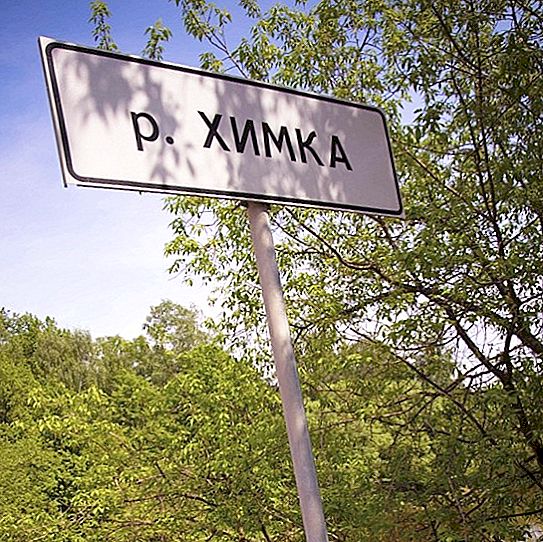
As for the name of the river and the city of the same name, there are several versions of its origin. Perhaps it is associated with the dialect word “hin”, which means “nonsense, nonsense, nonsense.” That is, it was understood that Khimki is a minor, trifling river. Over time, the essence of this word was lost, and later it was rethought in connection with the active use of the term “chemistry”. There is another hypothesis that connects the Khimka hydronym with the Baltic word himinas - “moss”.
Khimka River: from source to mouth
Khimki is one of the small rivers of Moscow. Its total length is 18 kilometers, and the catchment area is 40 square meters. km The watercourse belongs to the Volga basin, being a third-order tributary of the great Russian river.
Where does the Khimka River begin? In Khimki! And this is quite logical and obvious. The source of the river is located on the outskirts of the Khimki forest, two hundred meters from the M-11 expressway. Further, Khimka flows south along the Vashutinsky highway, bypassing the low-rise residential complex “Mishino”. Then it passes along the northern border of the city of Khimki, goes around the LCD "Forest Corner" with brightly painted houses and connects to the channel of the Moscow name canal.
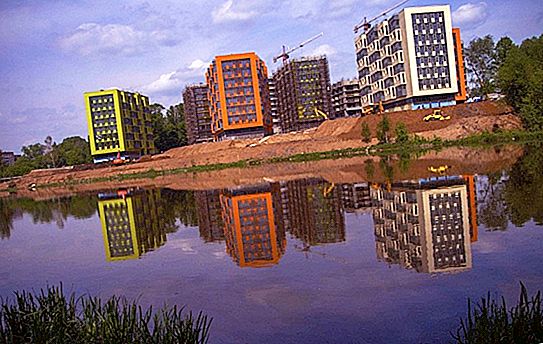
For nine kilometers from the city of Khimki to the metropolitan area of Pokrovskoye-Streshnevo, the river was transformed into a reservoir, the filling of which took place in the late 30s. In addition to Khimki itself, Volga water enters its bowl, which flows through the aforementioned channel.
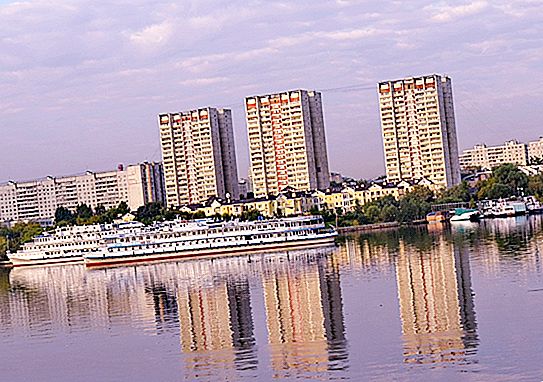
Where does the Khimka River flow? The watercourse crosses the Volokolamsk highway and flows into the Moscow River (see map below). Moreover, this place is located only fifty meters from the mouth of the canal named after Moscow.
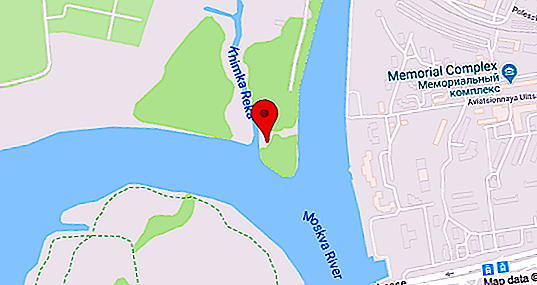
Tributaries of Khimki
The river has four tributaries of different lengths. It:
- Grachevka (6 km) is the right tributary of Khimki, flowing mainly in the underground reservoir. It is born on the outskirts of the city of Khimki, within which it comes to the surface in the form of a Barashkinsky pond. The name of the river probably comes from the estate of the same name near Moscow.
- Chernushka (3.8 km) is Khimki's largest left tributary. The river flows from the swamp near the Leningrad highway. On the southeastern edge of the Pokrovskoye-Streshnevo forest park, it forms a system of six small ponds.
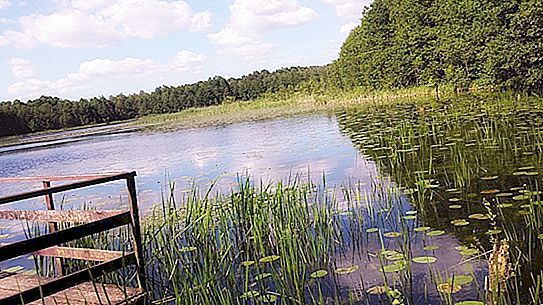
- Vorobyovka (1.1 km) - the left tributary of Khimki. The river begins near the intersection of the Moscow Ring Road with the railway and flows mainly through the Khimki forest.
- Zakharkovsky stream (0.2 km) is the right tributary of Khimki, flowing in the region of South Tushino. Under Khimki Boulevard, it is enclosed in an underground reservoir; it comes to the surface only in the form of a small bay of the Khimki reservoir.
Ecological condition of the river
The Khimka River today is not in the best condition. Its valley is actively polluted by oil products and construction waste, harmful substances enter the watercourse from the metropolitan routes oversaturated with vehicles.
Residents of areas adjacent to the river repeatedly appealed to various city authorities about the unsatisfactory ecological state of Khimki. So, for example, at the mouth of the river on March 8, 2a Street, in the spring of 2018, a spontaneous dump of used car tires was formed.
In the area of the Pokrovskoye-Streshnevo park, Khimka is a natural monument of local importance (since 1991) and is protected by the state. Here her valley is the most landscaped. If you are lucky on the banks of Khimki within the park you can meet a muskrat or beaver.


